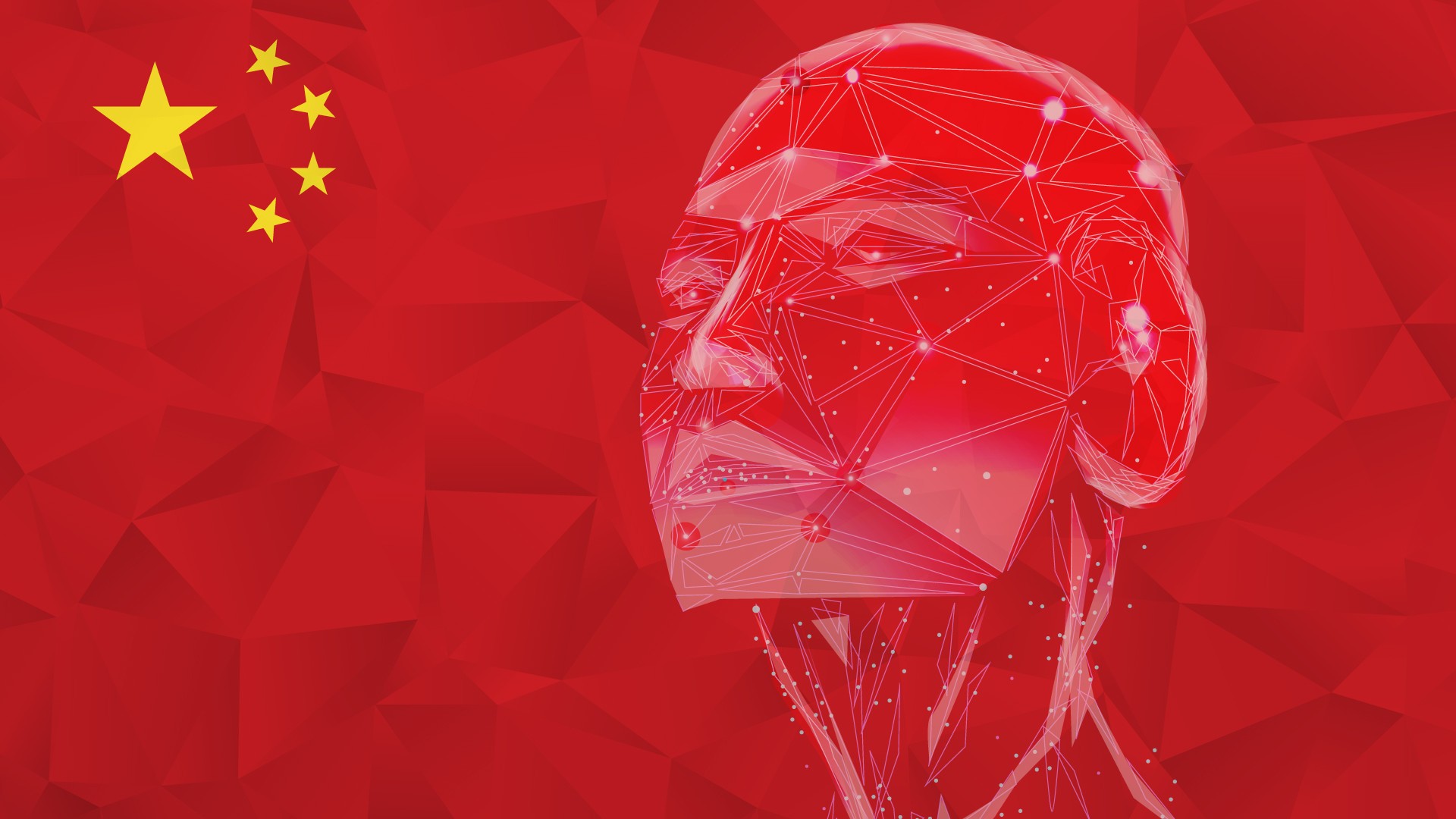China Taps A.I. to Weaponize Public Opinion, Say U.S. Officials and Leaked Documents

The Chinese government is leveraging artificial intelligence and private tech firms to monitor and manipulate public opinion at home and abroad, giving Beijing a potent new tool in global information warfare, according to leaked internal documents and U.S. intelligence officials.
One company, GoLaxy, has emerged as a key player. Internal documents reveal that the Beijing-based firm has conducted influence campaigns in Hong Kong and Taiwan, tracked American political figures, and built tools capable of generating tailored propaganda on a massive scale.
While no operations have yet been detected inside the United States, American intelligence agencies are closely monitoring the company, concerned it could one day seek to interfere in U.S. elections or political discourse, according to former U.S. officials.
A New Era of Influence Warfare
Artificial intelligence has become the new frontier for espionage and influence operations. Unlike traditional disinformation campaigns, which required armies of trolls and manually crafted content, A.I. enables near-instant, automated messaging tailored to specific individuals or groups at a scale and speed previously impossible.
GoLaxy’s proprietary system dubbed GoPro (Smart Propaganda System) can mine social media platforms, identify influential voices, and create real-time, adaptive content that mimics organic online debate. Documents reviewed by The New York Times and obtained by Vanderbilt University’s Institute of National Security show how GoPro is used to counter dissenting views and reinforce Chinese Communist Party (CCP) narratives.
“This is no longer a hypothetical threat,” researchers Brett J. Goldstein and Brett V. Benson wrote in an NYT opinion piece. “A.I.-driven propaganda is operational, sophisticated, and already reshaping how public opinion is manipulated.”
The leaked documents believed to have been released by a disgruntled employee detail GoLaxy’s efforts to collect data on both domestic and foreign targets. The company claims to have compiled virtual profiles on 117 current and former members of the U.S. Congress, primarily Republicans, as well as more than 2,000 American political figures, journalists, entrepreneurs, and academics.
The firm also tracks 4,000 right-wing influencers and supporters of former President Trump. However, the documents do not clarify how detailed the profiling is, or how the data is used.
GoLaxy denies these claims, saying in a statement that its tools rely only on open-source data and do not involve “bot networks or psychological profiling tours.” It called The New York Times’ reporting “misinformation” and insisted it is a “purely independent commercial enterprise” not affiliated with the Chinese government.
Still, after being contacted by reporters, the company altered its website, removing references to national security work. Documents suggest otherwise: GoLaxy was founded by the Chinese Academy of Sciences, a state-owned institution, and has worked with China’s Ministry of State Security its top spy agency. Sugon, a Chinese supercomputing firm on the U.S. export blacklist, is one of its investors.
Weaponizing Information in Taiwan and Hong Kong
GoLaxy’s influence campaigns appear to have focused primarily on Hong Kong, Taiwan, and mainland China. In 2020, during widespread protests in Hong Kong, GoLaxy identified over 180,000 X (formerly Twitter) accounts, pushing narratives that downplayed opposition to the National Security Law, which curbed civil liberties and expanded Beijing’s control.
During the 2024 Taiwanese election, GoLaxy proposed messaging strategies to exploit divisions in public opinion and undermine support for the Democratic Progressive Party (DPP)—which advocates for Taiwanese autonomy. While the DPP ultimately retained power, its majority weakened, leaving experts divided on the campaign’s effectiveness.
Documents also mention GoLaxy amplifying Elon Musk’s praise for China’s “Zero-Covid” policies during lockdowns, using fake Facebook accounts to counter Western criticism. The tactic echoed Russian troll farm methods, though in China’s case, the effort reportedly failed to sway public opinion.
According to internal records, GoLaxy pulls in tens of millions of data points daily from platforms like Weibo, WeChat, X, and Facebook. It uses this data to analyze sentiment, map public opinion trends, and refine targeting.
The company’s public-facing platform now uses DeepSeek, an advanced Chinese A.I. model, to generate content aligned with state messaging. GoLaxy says the system can “rapidly perform political counterattacks” and has already had an impact on “relevant state departments.”
A Shift in the Global Disinformation Arms Race
China’s A.I.-powered propaganda effort marks a shift from previous attempts, which lacked the sophistication or boldness of Russian disinformation campaigns. Experts now warn that advances in A.I. could allow China to catch up and perhaps surpass Russia in global influence operations.
James Mulvenon, a longtime analyst of Chinese information warfare, calls GoLaxy “an incredibly important company,” deeply embedded in China’s intelligence and military ecosystems. “They’re building new tools that could outmatch existing information operations worldwide.”
While current and former U.S. officials say they have no evidence that GoLaxy has yet tried to influence U.S. voters, the company’s capabilities and its alignment with the CCP’s national strategy remain a growing concern.
One company document even revives a Mao Zedong-era slogan, promising that GoPro will help make “the easterly wind overpower the westerly wind.”
The Bigger Picture: China’s Expanding Digital Influence
The U.S., once a leader in countering foreign influence, has in recent years scaled back its efforts. The Trump administration dismantled key teams across the State Department, FBI, and CISA tasked with public warnings about foreign threats. That pullback has left a vacuum even as adversaries evolve.
China, meanwhile, continues to expand its digital influence capabilities quietly, aggressively, and with the help of A.I. The leaked GoLaxy documents are a glimpse into a future where propaganda is faster, smarter, and harder to detect.
NYtimes Inputs














तपाईको प्रतिक्रिया दिनुहोस